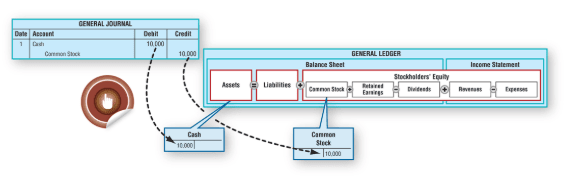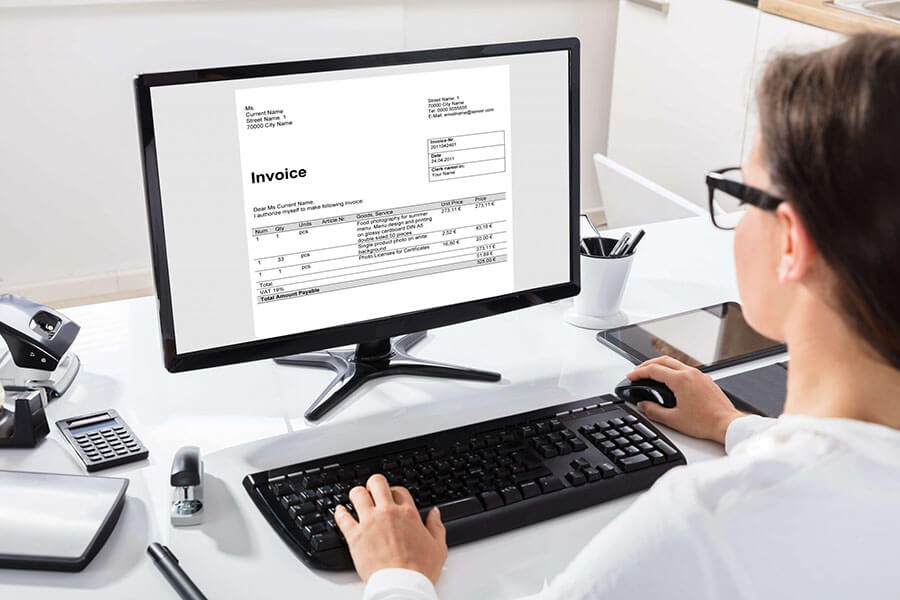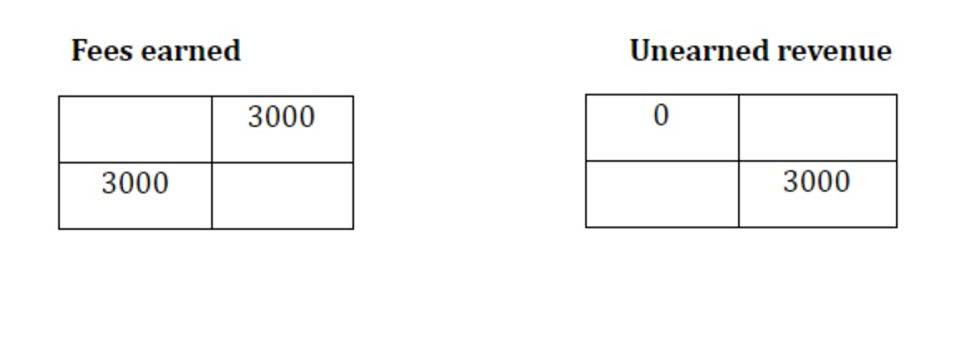
Any investor or lender will want to see financial statements that have been formulated under the accrual basis before they will either invest money in or lend it to a business. For example, Schedule A of IRS Form 1120 includes a reconciliation converting accrual to cash section for taxpayers who change their accounting methods, including moving from accrual to cash. These forms will require details about any adjustments made during the tax year, ensuring proper reporting of income and expenses based on actual cash flow.
Step-by-Step Guide to Accrual to Cash Conversion
- This keeps your records accurate and reflects the actual cash you have on hand.
- This form notifies the Internal Revenue Service (IRS) of the change in accounting method and ensures everything is documented correctly.
- Whether you’re adjusting for sales on credit, deferred revenue, or expenses incurred but unpaid, the fundamental rules apply.
- However, in accrual accounting, these amounts are treated as liabilities until the goods or services are delivered.
- When using the accrual method, these costs are treated as current liabilities.
- This means that even if cash is not yet received or paid, the transactions are still recorded.
- When everything is dependent on cash sales and payments, you need to know what your cash flow looks like at all times.
This shift can lead to a more accurate depiction of profitability and financial performance over time, aiding in better decision-making and strategic planning. Accrual accounting is the method of accounting where revenue and expenses are recorded when they are earned or incurred, regardless of when the cash is received or paid. This method is widely used in businesses to provide a more accurate financial picture of the company’s performance. It is essential to understand the basics of accrual accounting to effectively navigate the transition from accrual to cash accounting.

Expenses Cash to Accrual Conversion

It also requires businesses to keep track of accounts receivable and accounts payable, which can be time-consuming. Additionally, accrual accounting can make it difficult for businesses to manage their cash flow, as revenue and expenses are not recorded when cash is received or paid. When businesses transition from accrual to cash accounting, they must navigate a complex web of tax implications.
comments on “Understanding Accrual to Cash Conversions”
Cash accounting, on the other hand, operates differently, it records transactions only when money is earned or spent. So in the same example above, the revenue would be registered on the month, your business receives the money. By following these steps, companies can effectively assess the outcomes of their conversion to accrual accounting and ensure they maintain compliance with the necessary reporting requirements. This deducts expenses which were paid in the current period but relate to a future period and have not yet been incurred. This http://seisaups.com/salvage-value-formula-calculator/ adds expenses which were paid in the current period but relate to a future period and have not yet been incurred.
This depreciation expense would be recorded on the income statement under accrual accounting. The cash to accrual conversion calculator is one of many financial calculators used in bookkeeping and accounting, discover another at the links below. The accrual to cash Accounts Receivable Outsourcing conversion excel worksheet is one of many financial calculators used in bookkeeping and accounting, discover another at the links below.

What formula is used for calculating accruals from a cash basis accounting system?
- Market volatility is an inherent aspect of financial markets, reflecting the rapid and often…
- The form outlines adjustments under Section 481(a) of the Internal Revenue Code to prevent income duplication or omission.
- When converting from an accrual basis to a cash basis, it is essential to subtract these accrued expenses to ensure that the financial statements accurately reflect the cash flow.
- Once the chart of accounts has been built, maintain its accuracy by periodically reviewing it and making updates.
- Yes, we are saying it again, this is less complicated than accrual accounting.
- Corporate venturing is the process of creating new businesses or investing in external startups by…
Cash receipts from sales are lower than the revenue earned due to the increase in accounts receivable of 3,000. Suppose for example the revenue earned by a business is 7,600 and the balance on the accounts receivable account at the beginning of the year is 9,000, and at the end of the year is 12,000. Jeremias Ramos is a CPA working at a nationally recognized full-service accounting, tax, and consulting firm with offices conveniently located throughout the Northeast. Jeremias specializes in tax and business consulting with focus areas in real estate, professional service providers, medical practitioners, and eCommerce businesses.
- It allows businesses to track revenue and expenses more accurately and make better-informed decisions.
- In that case, the expense is recorded as an accrued expense in January and delivered in February.
- These are adjusted in the cash flow statement to reflect the timing of cash outflows.
- You can reduce inventory by implementing just-in-time inventory management, improving demand forecasting, and negotiating better payment terms with your suppliers.
- Smaller businesses often use the cash basis of accounting which recognizes revenue when cash is received and expenses when cash is paid.

In contrast, cash basis accounting records transactions only when cash is exchanged. This simpler approach is favored by small businesses for its clarity and ease of use. Using this method, the same business would record the revenue in January when payment is received. The direct method for cash flow provides a transparent view of cash transactions by listing major operating cash receipts and payments.

Preparing for Conversion
Accrual accounting records revenue and expenses when they are incurred, regardless of when the cash is received or paid. Cash accounting, on the other hand, records revenue and expenses when the cash is received or paid. It is important to understand these differences to ensure accurate financial reporting. Not understanding the differences can lead to inaccurate financial statements and tax filings. Accrual accounting is a method of accounting that records revenue and expenses when they occur, regardless of when cash is received or paid.
